Coupon 🔔 Quechua MH500, Waterproof Hiking 👞 Shoes, Men’s 👏
$99.99 Original price was: $99.99.$74.99Current price is: $74.99.
- Experience the Best Quality
- The quality you expect, the service you deserve.
- The best quality products, always.
- Safe Transactions, Happy Customers

Hike in comfort: The EVOFIT concept that adapts to your foot. Hike safely: a leather upper with rubber stone-guards and a strong grip outsole.
At the foot of the Mont Blanc, we designed these waterproof boots for regular hikers. Discover the mountains, comfortable at every step.
WHICH HIKING FREQUENCY AND INTENSITY?
We have classified our product in terms of performance and function to suit the 3 levels of hiking:
– Occasional: 12 hikes a year for approximately 3 to 4 hours, under 6 miles and under 2300′ of vertical distance.
– Regular: 20 outings a year. 4 to 6 hours, 6 to 12 miles, 2300′ to 4000′ of vertical distance per outing.
– Intensive: for over 20 outings per year. For over 6 hours, over 12 miles, 4000′ to 6500′ of vertical distance per outing.
SUSTAINABLE DEVELOPMENT INFORMATION
For the inner sole fabric coating of these boots, we dye the thread during manufacturing to reduce the environmental impact. Textile dyeing requires a lot of water but also produces waste water from the dye baths. To reduce this environmental impact, we use a mass pigmentation process that involves adding the color pigments when the thread itself is produced.
SOLE WITH GRIP
The grip of our soles is certified.
To be awarded certification, the boots must pass laboratory tests to assess the grip rate on different surfaces (Smooth, Rugged, Dry, Wet). To validate these tests, we assess the quality of our soles in the field, in the mountains, by a panel of representative testers over 310 miles
Waterproofing test
In a laboratory, the boot is immersed in water to mid-height on a mechanical arm that flexes to simulates a number of steps. With this test, we can determine a time and number of miles that the boot can walk while staying dry.
Then we confirm, in the field or under the rain, that the boot meets its promises.
Making waterproofing last longer
To keep your feet dry, we advise you to use a waterproof gaiter or mini-gaiter to protect the top of your boots and prevent water, pebbles, and sand from getting in.
We advise re-waterproofing your boots twice a year using a re-waterproofing agent (search for ‘waterproofing’ on our Decathlon website) which will help you restore the original water-repellent qualities and help prevent stains on the outside.
EVOFIT concept
This boot is fitted with the EVOFIT concept. With its stretch materials and specific design for the area of the foot where the joints are located, EVOFIT technology allows the boot to perfectly fit the shape of your foot.
PRODUCT DESIGN: OUR EXPERTISE
Our Quechua global design center is based in Passy, at the foot of Mont-Blanc in Haute Savoie.
This location makes it a real meeting place for our teams (designers, product managers, engineers, etc.) and outdoor sports enthusiasts.
A great asset for designing our hiking products and providing you with all our expertise.
Which size should you select?
The most important thing is to try on several sizes and styles of boots to find the one most suited to you!
You can take a size above your usual one to prevent the toes from bumping into the toe box when going downhill, provided the foot is properly supported to avoid friction.
Tip: Keep your toenails short and, before a long descent, check that your lacing is tight enough to prevent your foot from sliding forward inside the boot.
BUYING TIPS / HOW DO YOU TRY YOUR BOOTS ON?
Some Decathlon stores have a test route.
1. Try on both boots, standing up and wearing the socks you use for hiking. 2. Tighten the laces, taking care to correctly balance the tightening.
3. Check 2 points:
– The heel does not come up before the boot when you walk uphill.
– The foot does not slide and the toes do not press against the front when going downhill.
4. Try on several sizes and models.
Break them in gradually to adapt them to your foot.
Which socks?
A waterproof boot will be less breathable than a non-waterproof boot. Socks like the MH500 with a medium-length upper are therefore better for wicking away perspiration and reducing friction.
Optimize the capabilities of your boots: Replace your insoles!
The original insole in your boots is designed to accommodate most feet. A change of insole can bring:
1. Improved support: Some soles are preformed or reinforced to better support the arch of the foot. 2. More comfort: The insoles can also provide heat and/or cushioning.
3. Longer life: Restore the support and comfort of your boots by replacing the insole each season.
HOW DO YOU AVOID BLISTERS?
How should you look after your boots?
– Leave to air-dry.
– Remove dry mud with a stiff brush.
– Clean marks using a brush and some warm water
– Leave to dry
– Spray with a re-waterproofing product to restore the water resistance to the upper.
Composition
Outer sole of : 65.0% Rubber – Nitril Butadiene Rubber, Outer sole of : 30.0% Ethylene Vinyl Acetate, Outer sole of : 5.0% Polyamide
Upper of : 46.5% Split bovine leather, Upper of : 35.6% Polyurethane, Upper of : 17.9% Polyester cationic
Lining and sock of : 100.0% Polyester cationic
Traction : Highly non-slip rubber outsole with 5 mm gripping studs.
Shock protection : Durable rubber stone guards at the front and back of the foot.
Waterproof : Waterproof &breathable membrane lining:Your feet stay dry for 8hr in all weather
Cushioning : EVA foam with different density at the heel: comfort/protection from the ground.
Anatomical design : EVOFIT concept, generous fit that adapts to the width of the front of the foot
Lightweight : 15.2 oz per boot in size 9
| Color | Granite, Black |
|---|---|
| Size | 6.5, 7.5, 8, 9, 9.5, 10.5, 11.5, 12, 13, 13.5, 14.5, 15 |
Be the first to review “Coupon 🔔 Quechua MH500, Waterproof Hiking 👞 Shoes, Men’s 👏” Cancel reply
Related products
Hiking Clothing
Best Sale ✨ Forclaz Trek 100, Recycled Polyester 🎒 Backpacking Liner Gloves Hiking Clothing ❤️
Hiking Clothing
Outlet 🤩 Hiking Clothing Forclaz Trek 100 23°F Down Packable Puffer 🎒 Backpacking Jacket 🥰
Camp Furniture
Hiking Clothing
Hiking Clothing
Budget 🤩 Forclaz Trek 100 23°F Down Packable Puffer 🎒 Backpacking Jacket Hiking Clothing 🤩




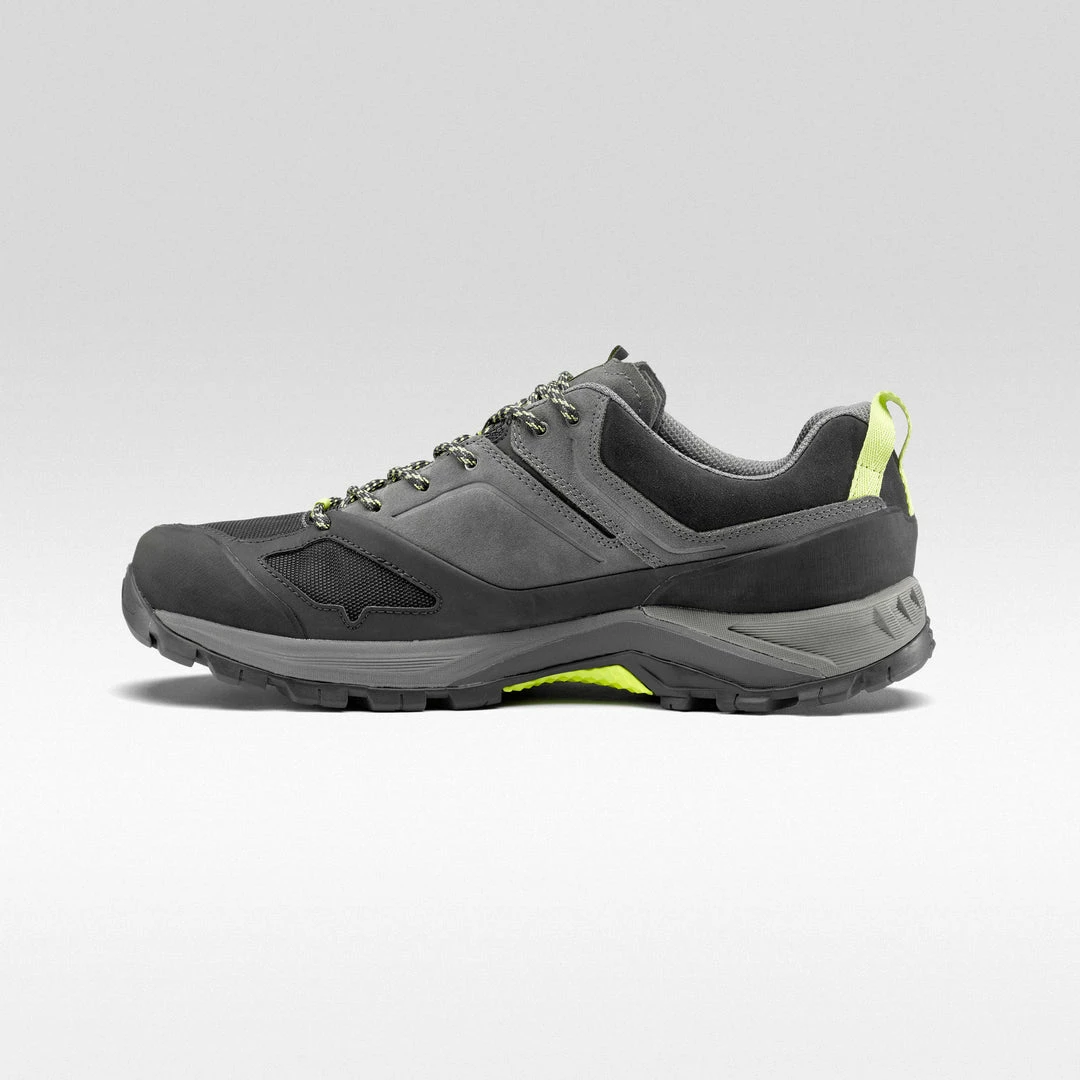

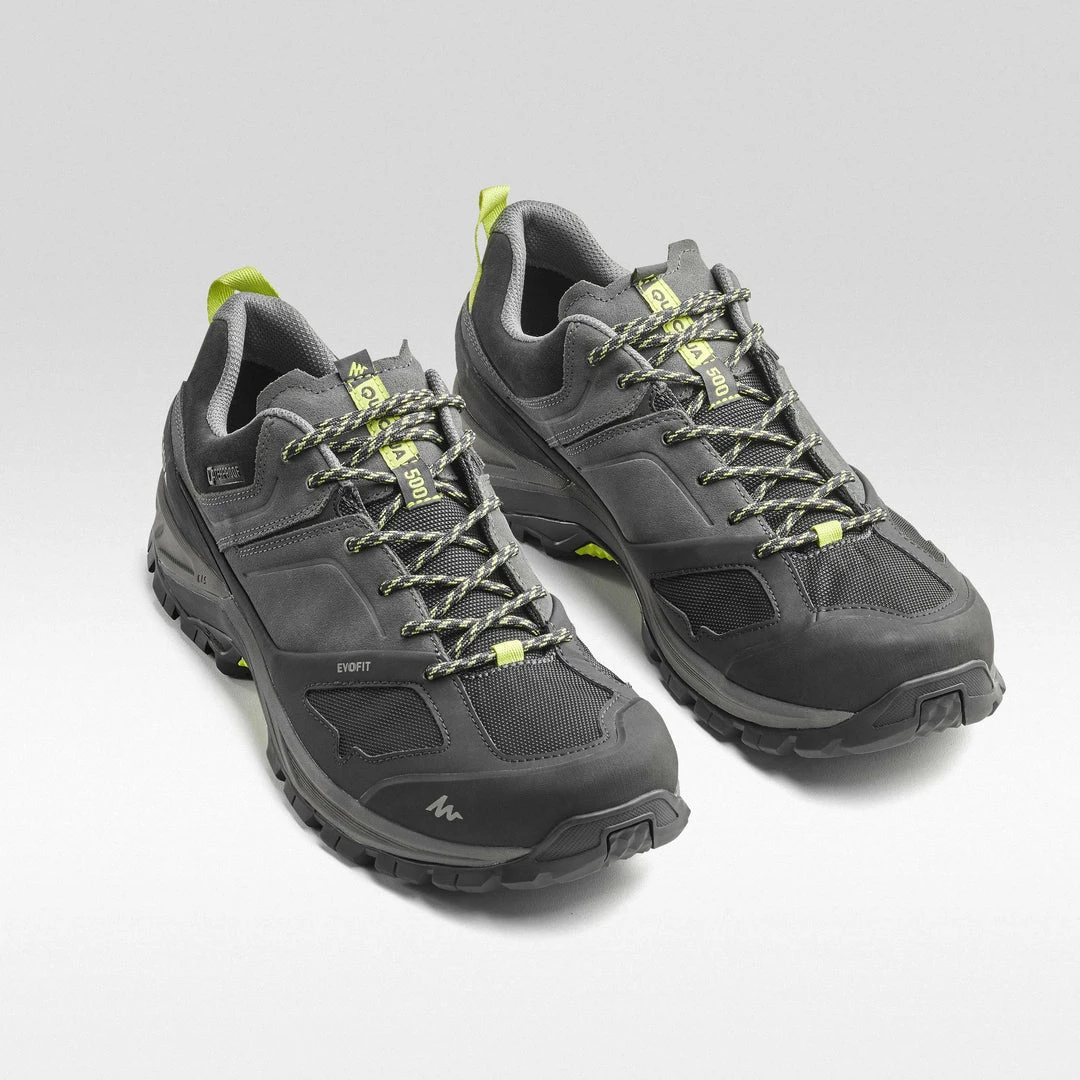
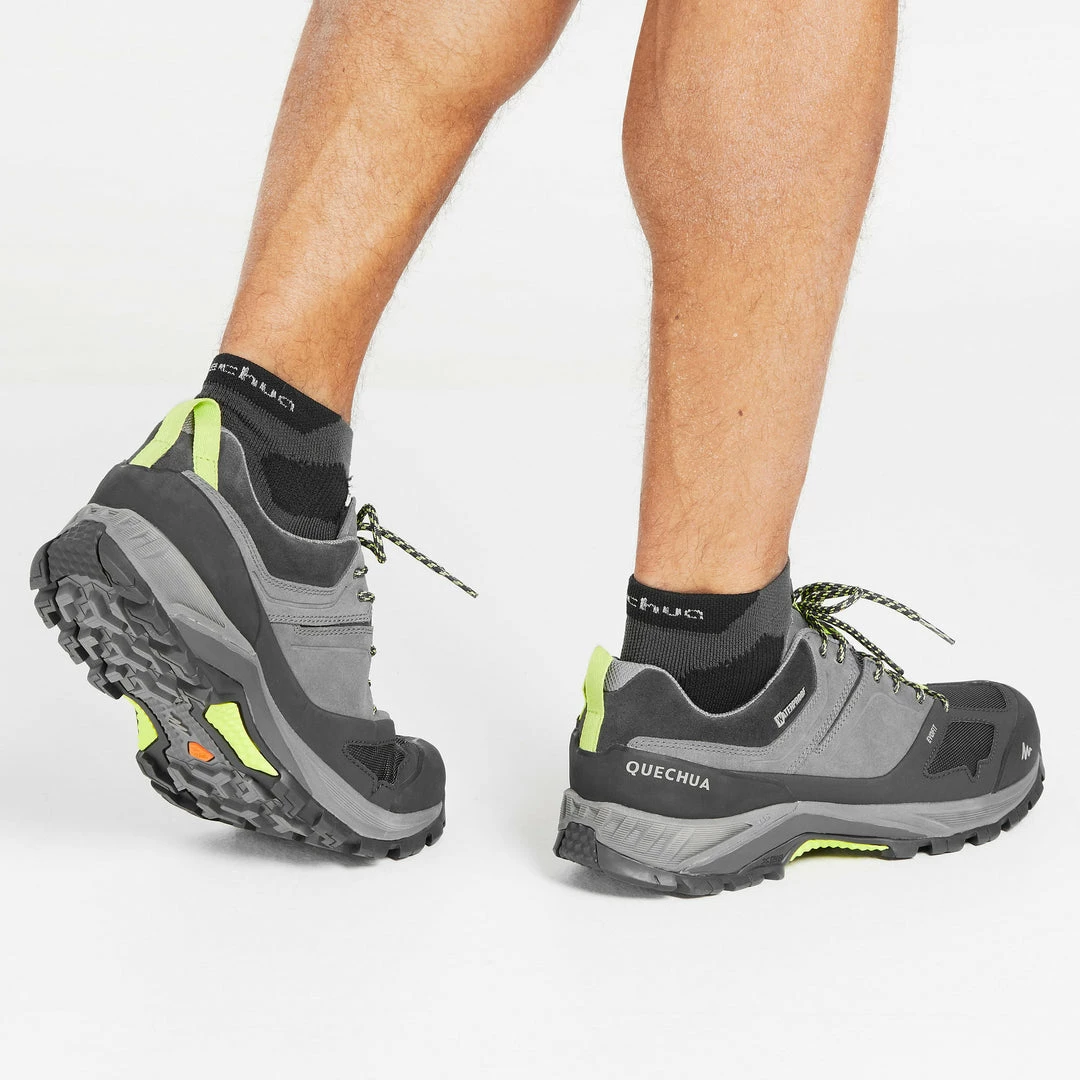
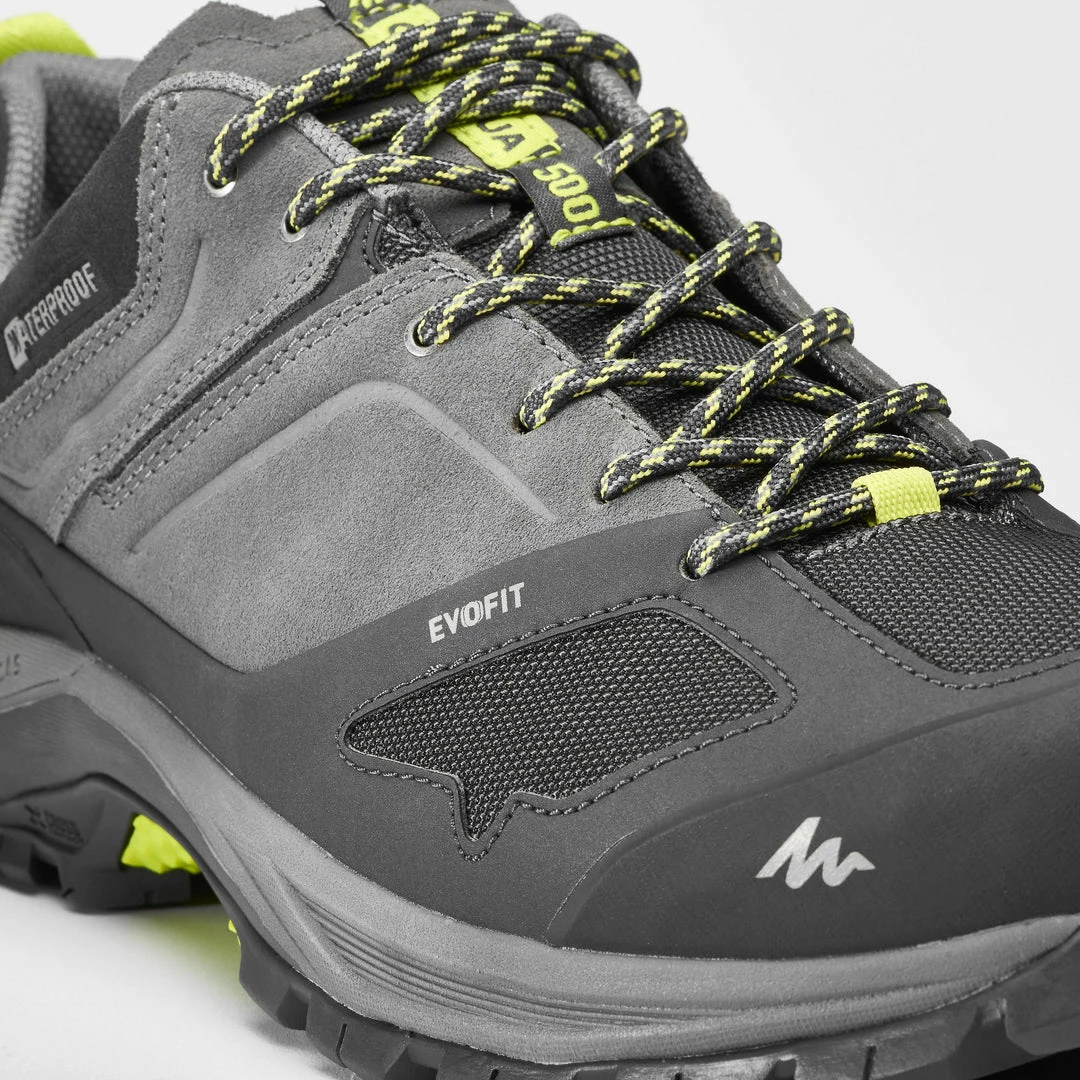
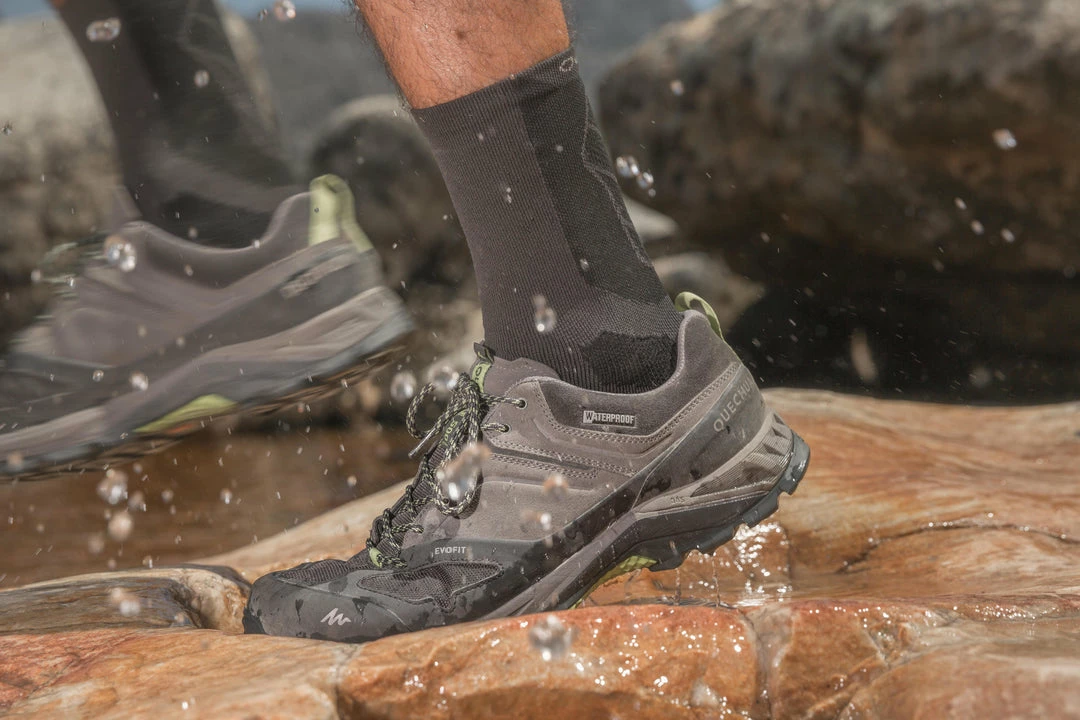
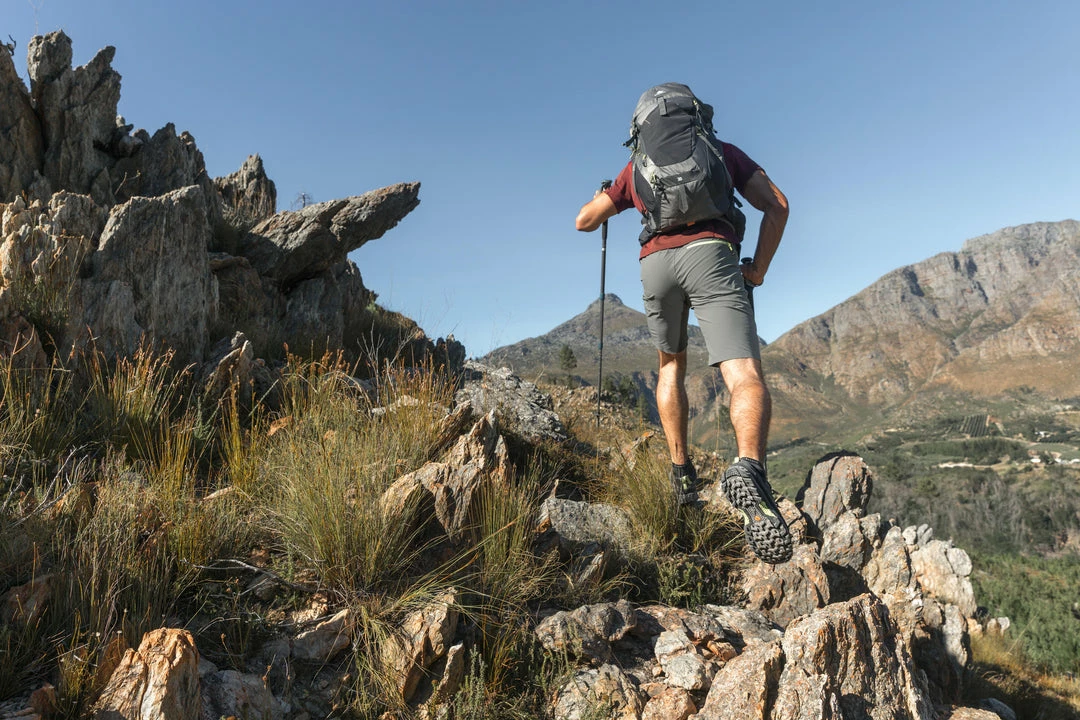
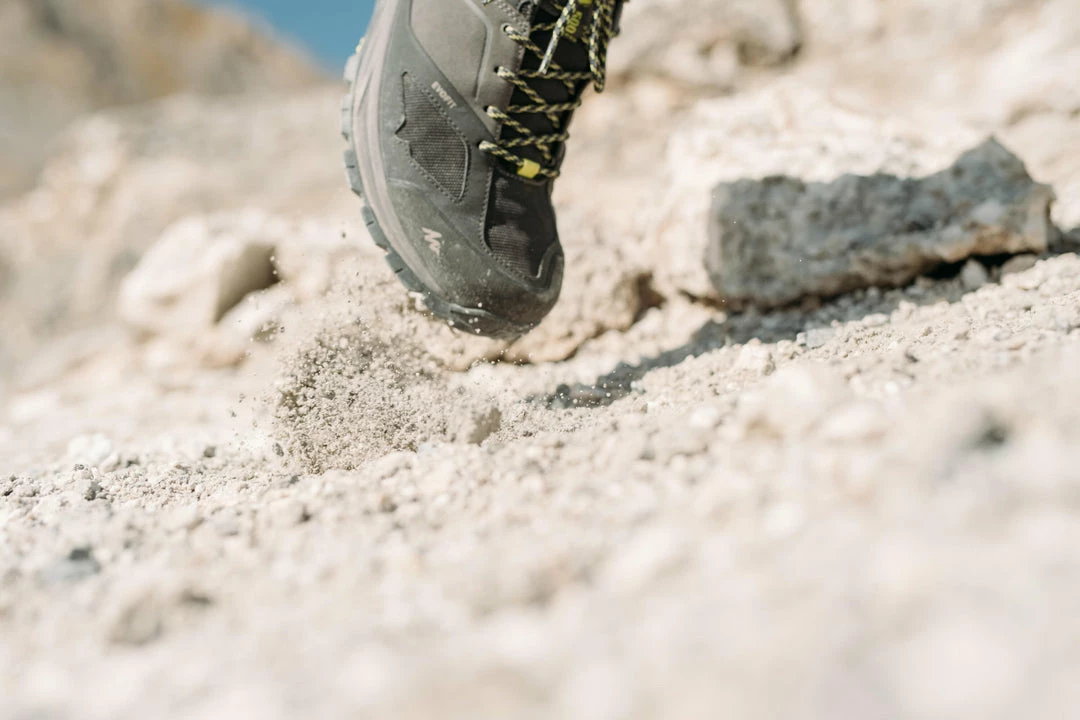

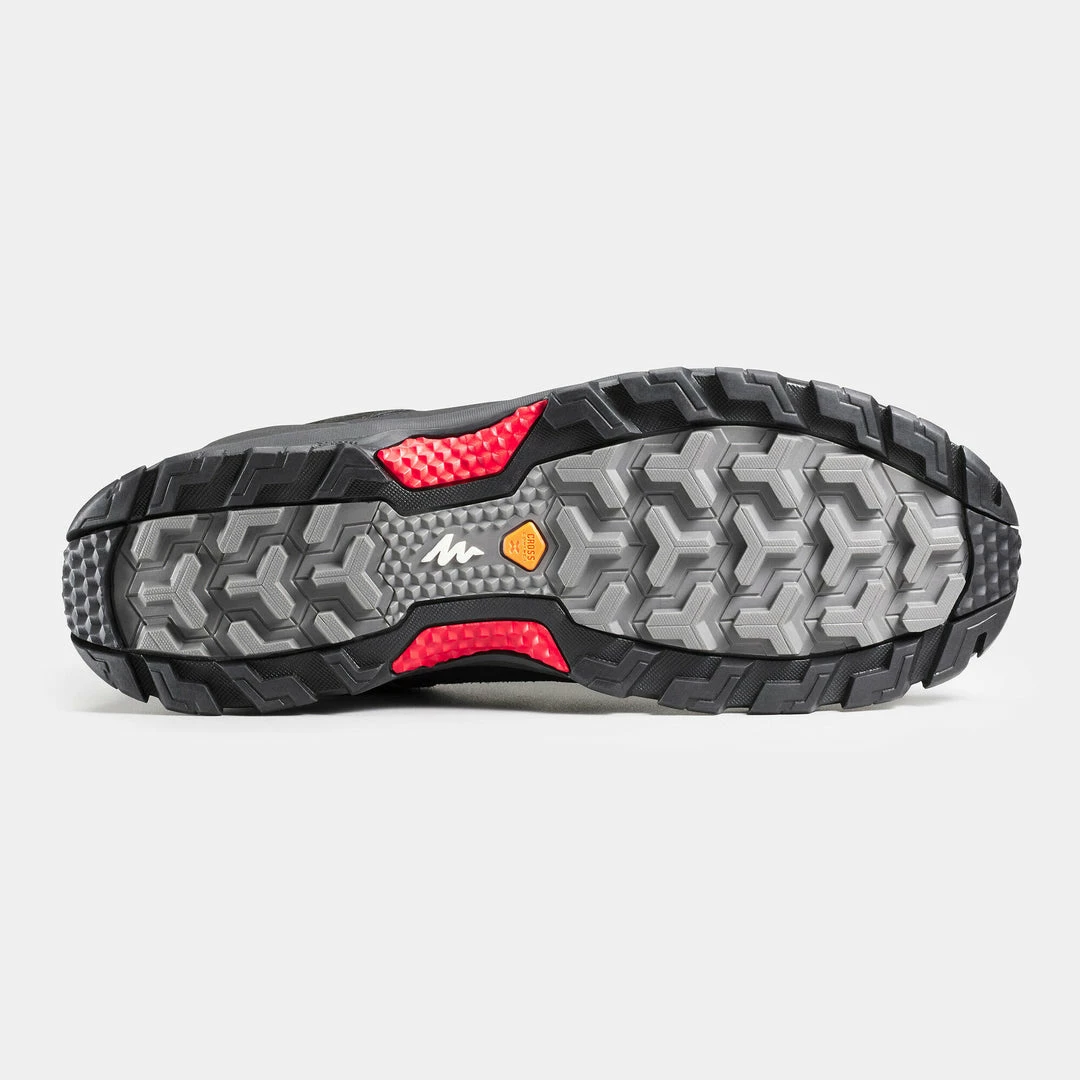
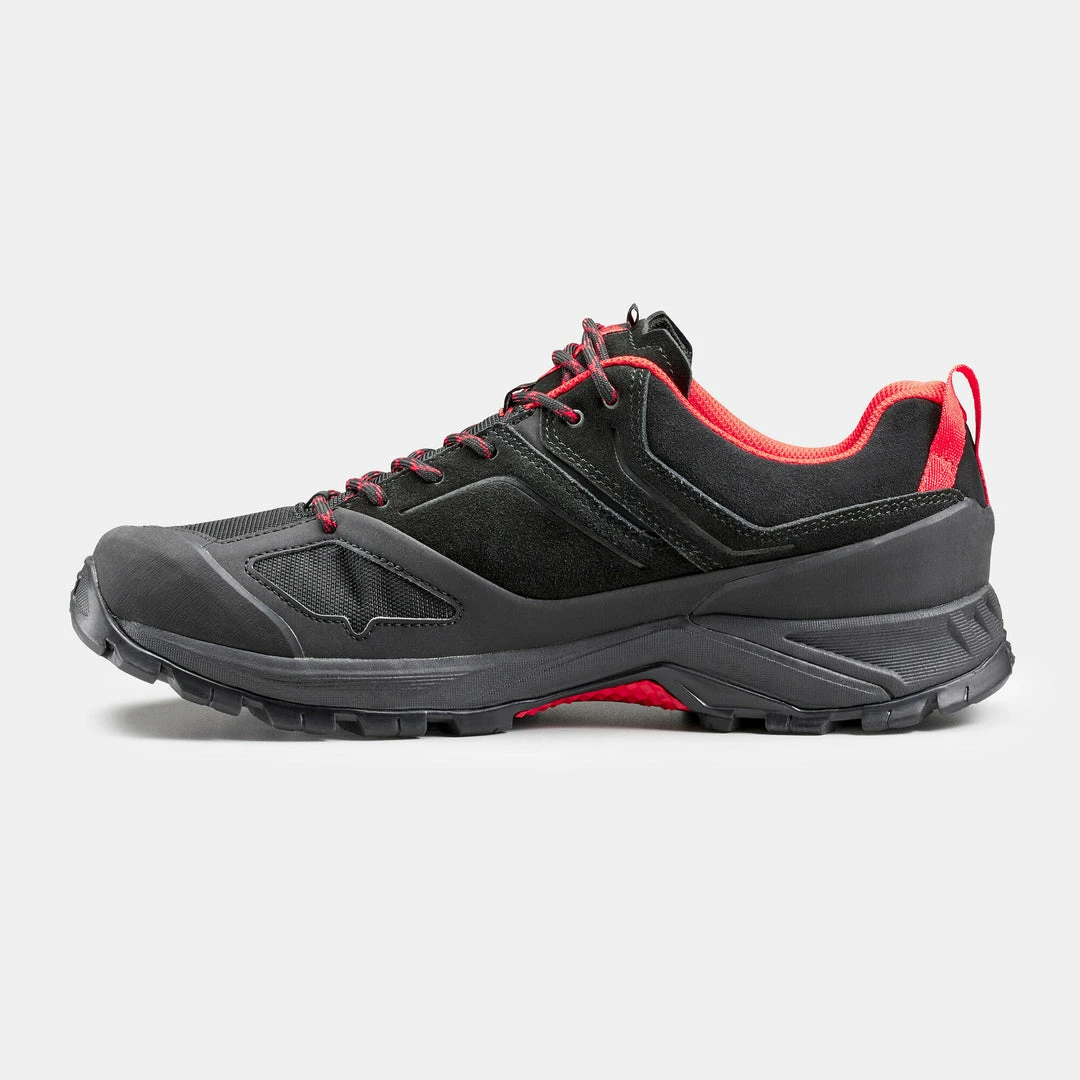
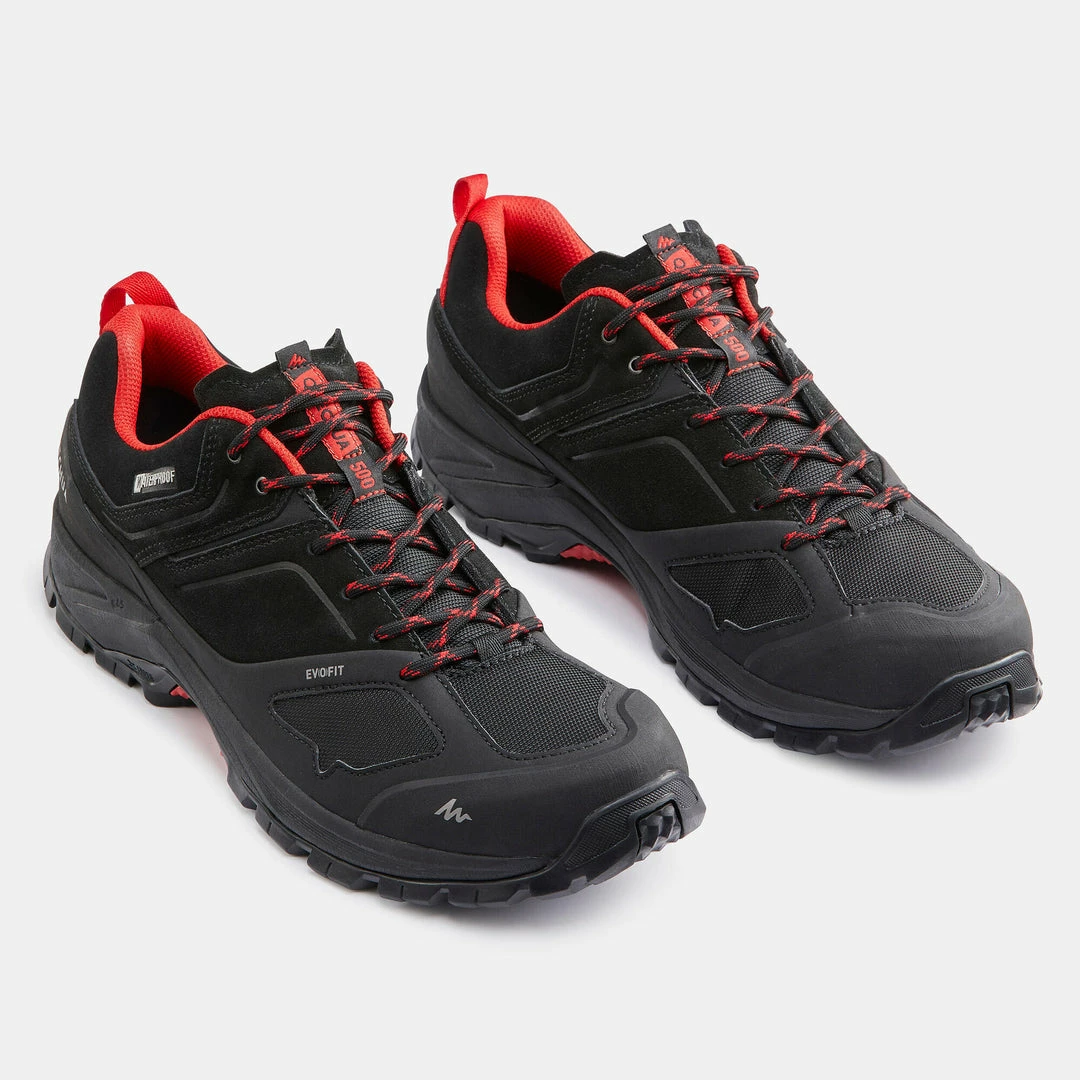
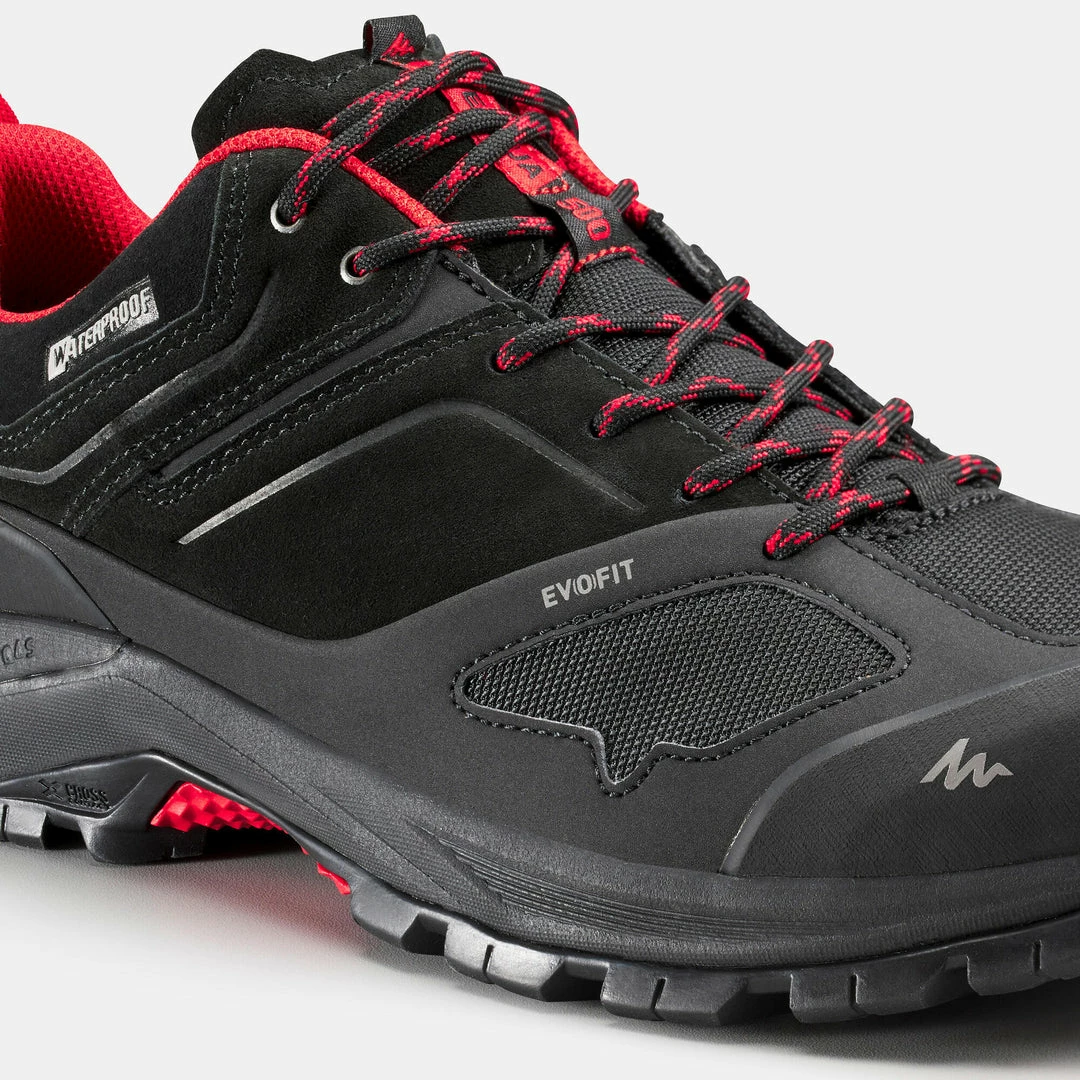

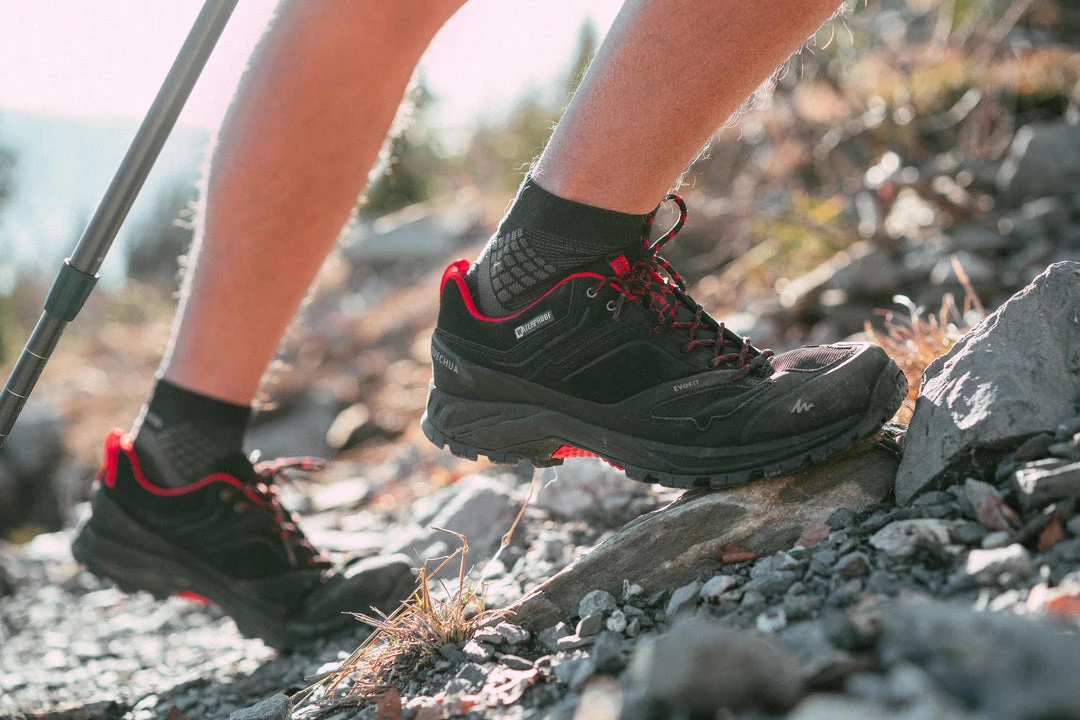

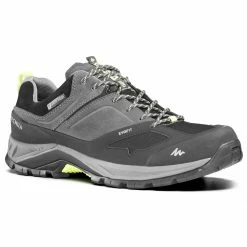
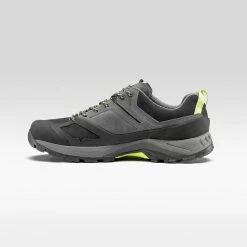
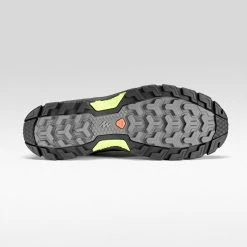
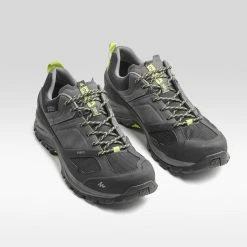
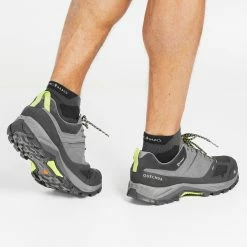
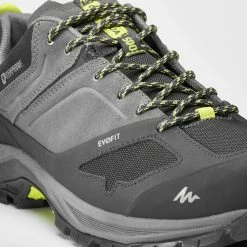

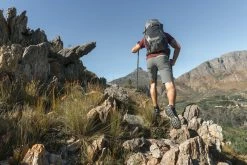

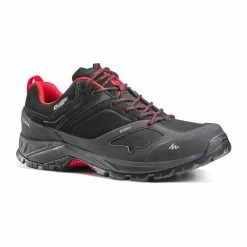
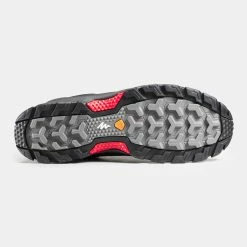

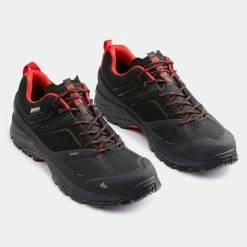
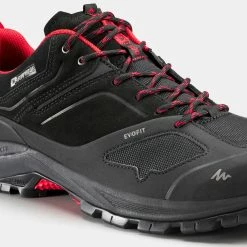
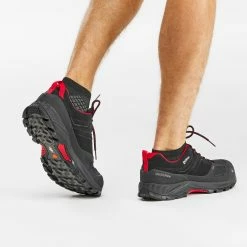




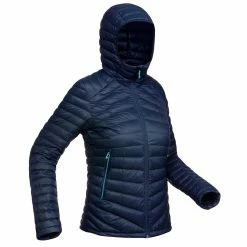
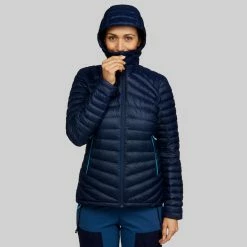












Reviews
There are no reviews yet.